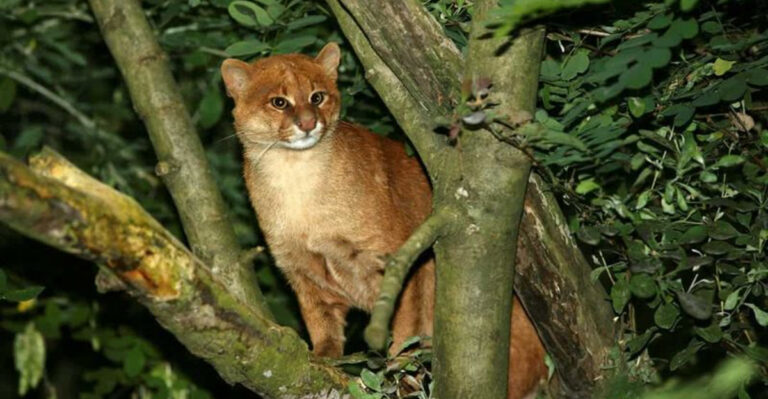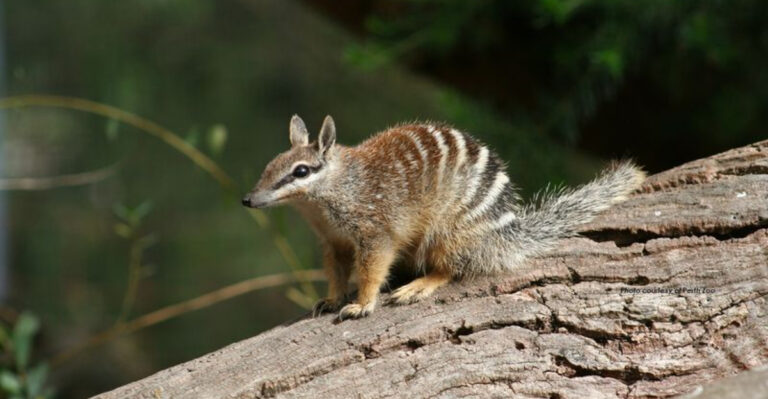Sloths The Size Of Elephants Roamed America, Before Abruptly Vanishing
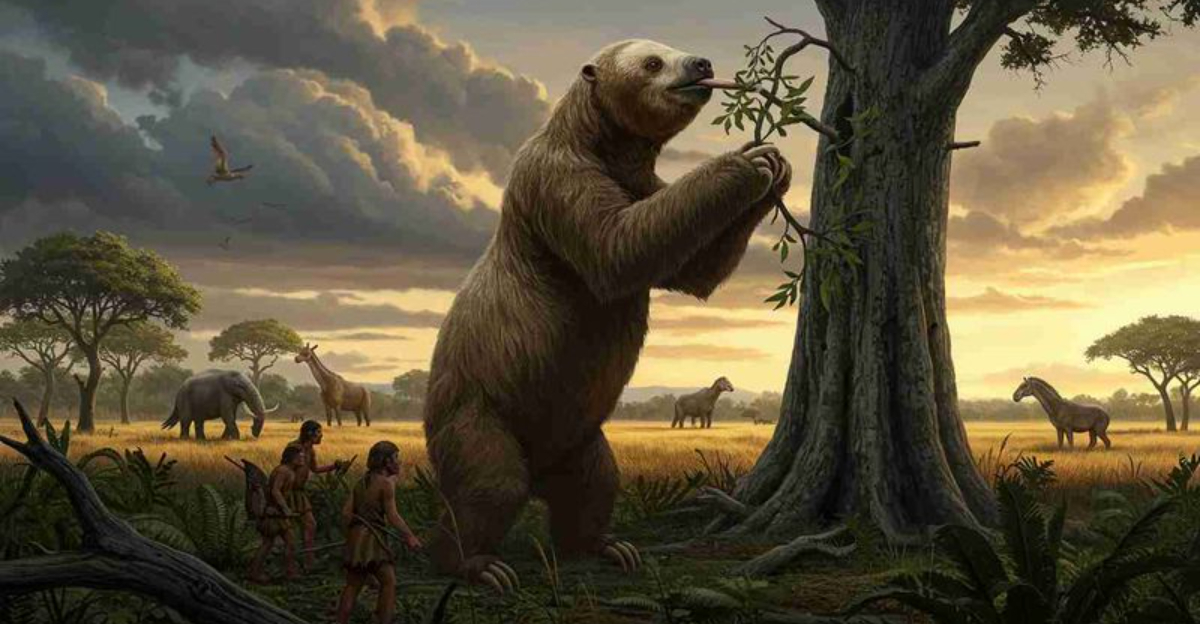
Imagine creatures as tall as a basketball hoop, weighing as much as a car, yet moving with the slowness we associate with tiny tree sloths. These weren’t fantasy monsters but real prehistoric animals called giant ground sloths that once roamed across North America.
Their sudden disappearance remains one of paleontology’s most fascinating mysteries, leaving behind only bones and questions about what life was like when these gentle giants walked the earth.
1. Megalonyx: Jefferson’s Giant Claw
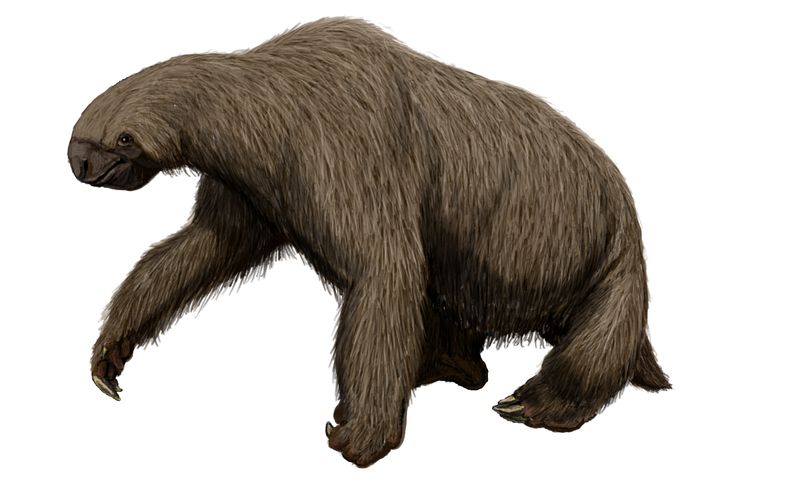
Former president Thomas Jefferson actually named one of America’s giant sloths! In 1797, he described mysterious fossil claws found in a West Virginia cave, initially thinking they belonged to a massive lion. He called it Megalonyx, meaning “great claw.”
Scientists later realized these were sloth remains, eventually naming the species Megalonyx jeffersonii in his honor.
2. Towering Heights Of Ancient Giants
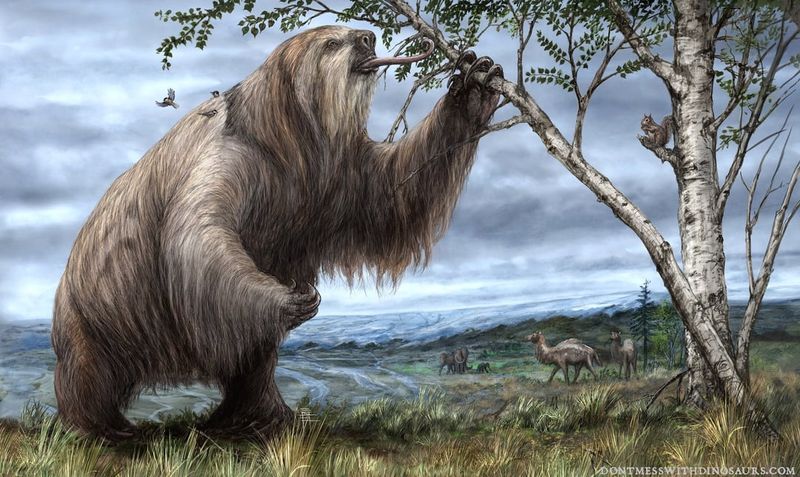
Forget about today’s cuddly tree sloths! Eremotherium, one of the largest ground sloths, stood nearly 20 feet tall when reaching on its hind legs. That’s taller than a modern giraffe!
These colossal creatures could peer into second-story windows with ease. Their massive height helped them browse treetops for food, much like elephants do today.
3. Heavyweight Champions Of The Ice Age
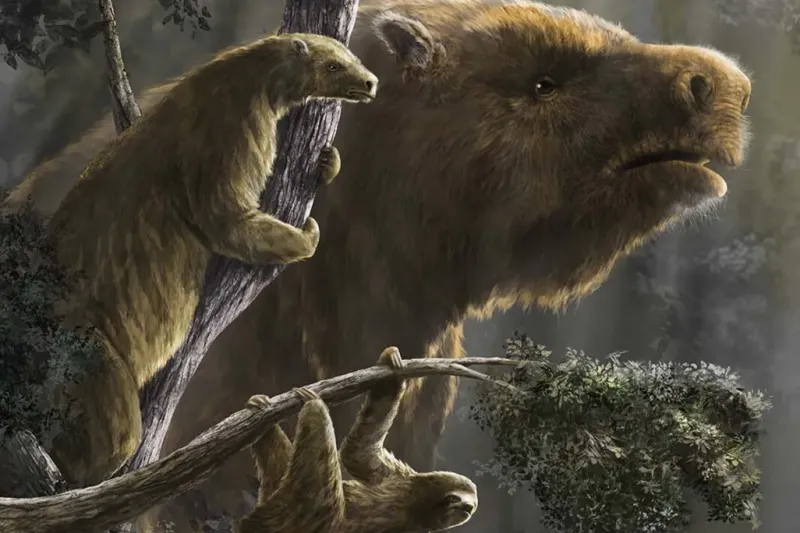
Talk about heavy hitters! The heftiest ground sloths tipped the scales at around 8,000 pounds – comparable to a full-size SUV or small elephant. Their massive weight left distinctive footprints wherever they wandered.
Despite their bulk, these giants weren’t clumsy. Their strong, muscular bodies were perfectly adapted for their lifestyle, combining strength with surprising dexterity for digging and foraging.
4. Claws Like Kitchen Knives
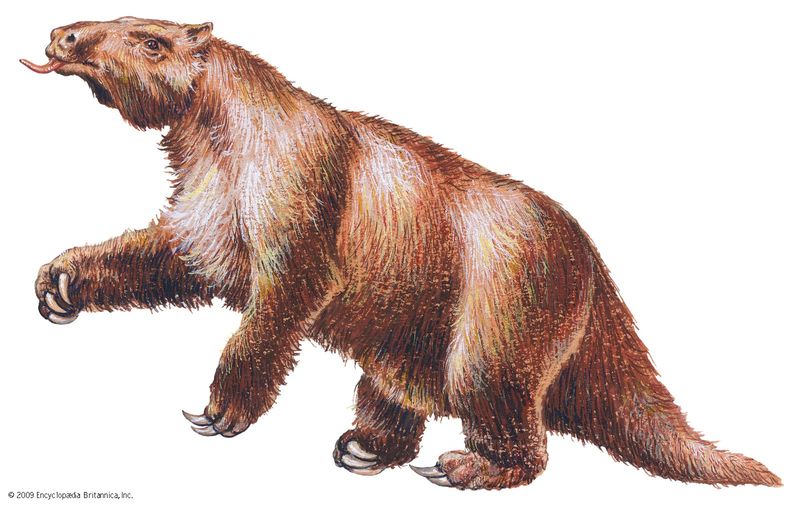
Armed with curved claws measuring up to 8 inches long, giant sloths packed serious natural hardware! These impressive tools weren’t for hunting but served as versatile implements for digging, grabbing branches, and self-defense.
When walking, they actually folded these massive claws sideways to protect their sharpness, leaving distinctive knuckle-walking tracks that paleontologists can still identify today.
5. Surprising Speed Demons
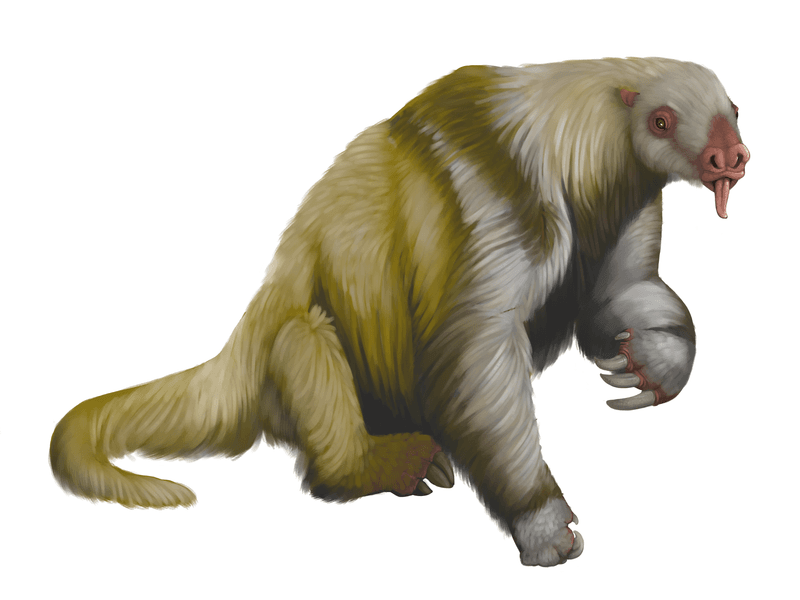
Don’t let their sloth name fool you! Unlike their modern tree-dwelling cousins who move at a snail’s pace, giant ground sloths could actually run when needed.
Research suggests some species could reach speeds of 17 mph – about as fast as a charging grizzly bear! This unexpected quickness likely helped them escape predators or defend territory against rivals.
6. Veggie-Loving Vegetarians

Despite their fearsome appearance, giant sloths were strict plant-eaters with voracious appetites. A single adult needed to consume hundreds of pounds of vegetation daily to maintain its massive size.
Their diverse diet included leaves, fruits, nuts, and even cacti! Fossil dung samples reveal incredible details about what these ancient herbivores munched on, helping scientists reconstruct prehistoric ecosystems.
7. Bone-Chilling Neighbors
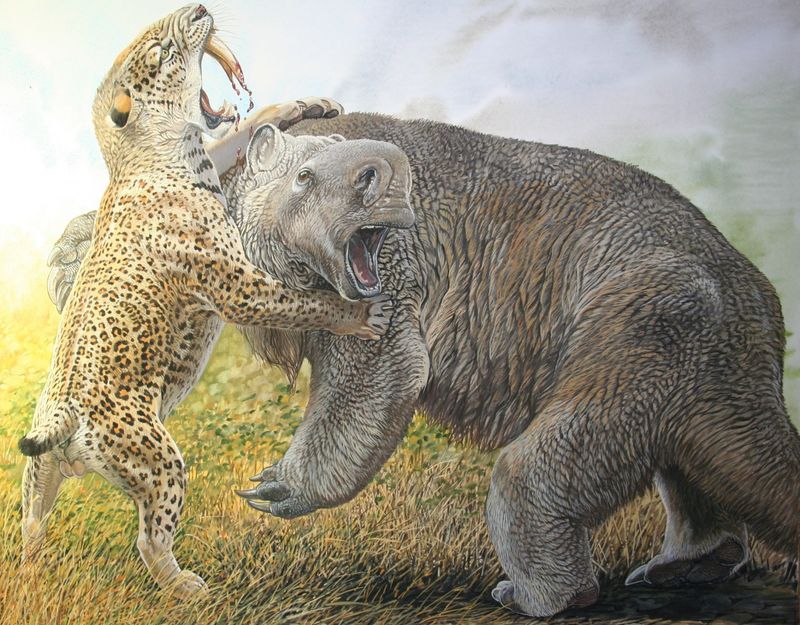
Giant sloths shared their American neighborhood with some truly terrifying roommates! Saber-toothed cats, dire wolves, and American lions all hunted across the same landscapes.
Even more intimidating was the short-faced bear – 30% larger than today’s grizzlies and possibly the only predator capable of regularly taking down adult ground sloths. These interactions shaped the behaviors and survival strategies of these ancient giants.
8. Family Ties To Modern Sloths
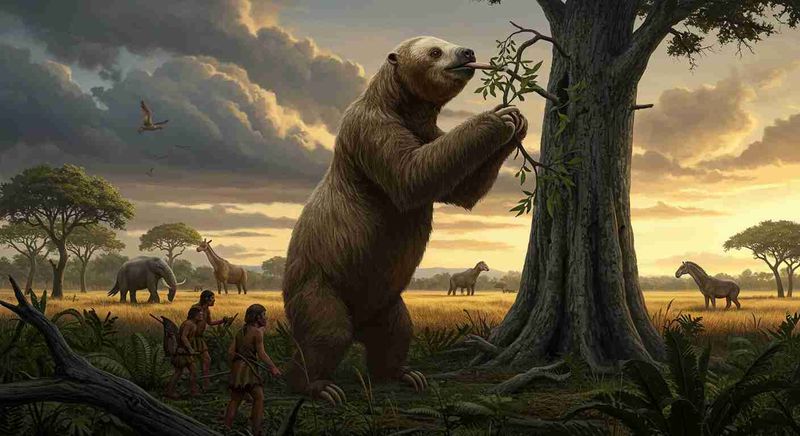
Family reunions would be quite shocking! Today’s adorable tree sloths are direct descendants of these prehistoric behemoths, though they’ve clearly downsized considerably over millions of years.
Both share distinctive anatomical features like curved claws and unique teeth. Modern sloths essentially represent the arboreal (tree-dwelling) branch of the sloth family tree, while their giant cousins dominated the ground.
9. Underground Architects
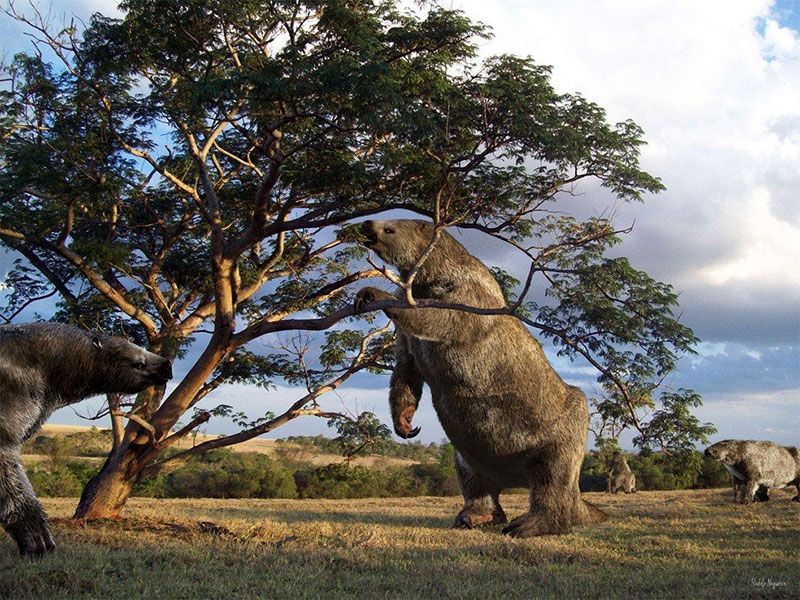
Talk about home improvement! Giant sloths dug extensive tunnel systems throughout South America that still exist today. Some passages measure up to 8 feet wide and hundreds of feet long.
These “paleoburrows” provided shelter from extreme weather and protection from predators. The claw marks visible on tunnel walls confirm these weren’t natural formations but deliberately engineered sloth shelters – prehistoric construction projects on a massive scale!
10. Human Hunters Or Climate Culprits?
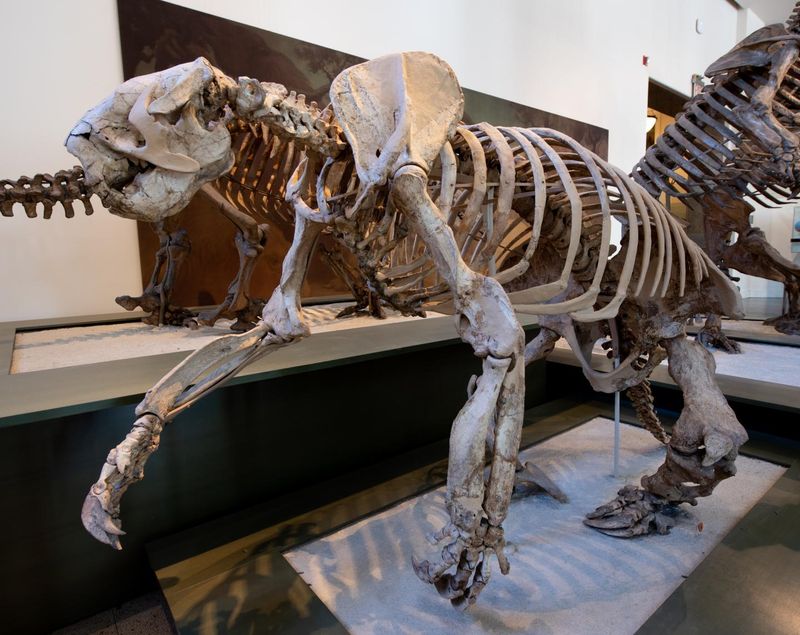
The mystery of their disappearance continues to puzzle scientists. Giant sloths vanished around 10,000 years ago – suspiciously close to when humans arrived in the Americas.
Some researchers blame human hunting, pointing to cut marks on fossils as evidence. Others argue climate change at the end of the Ice Age was the real killer. Most likely, it was a deadly combination of both factors that spelled doom for these magnificent creatures.
11. Desert Survivors
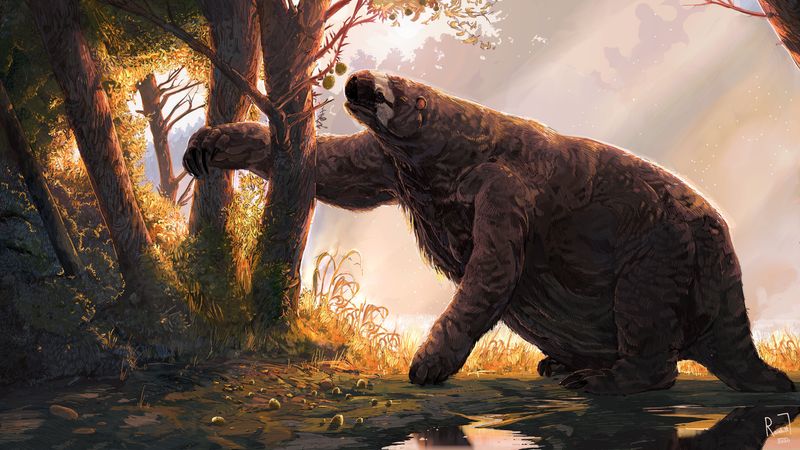
While most giant sloths disappeared around 10,000 years ago, one stubborn species may have hung on much longer! Evidence from Cuba suggests some island-dwelling ground sloths survived until just 4,200 years ago.
This means these prehistoric giants were still plodding around while humans were building the pyramids in Egypt! Their isolated island habitat likely protected them from mainland threats like human hunters.
12. Preserved Poop Reveals Ancient Diets
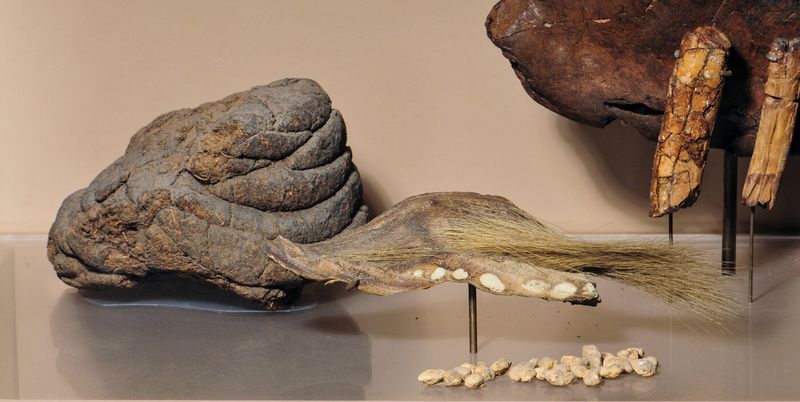
Ancient sloth droppings tell fascinating stories! Fossilized dung (coprolites) discovered in caves provides incredible insights into what these giants ate and the environments they inhabited.
Scientists have recovered plant fragments, pollen, and even parasites from these prehistoric bathroom visits. One remarkable Nevada cave contained a 5-foot-thick layer of sloth dung, preserved for over 20,000 years in the dry desert conditions!
13. Prehistoric Gardeners Of The Americas

Giant sloths were unwitting landscape architects! By consuming huge quantities of fruits and traveling long distances, they spread seeds far and wide across ancient America.
Many large-seeded fruits like avocados evolved specifically for dispersal by megafauna like giant sloths. When these animal gardeners disappeared, many plant species lost their primary seed dispersers, permanently changing forest compositions throughout the Americas.
14. Human Encounters Captured In Footprints
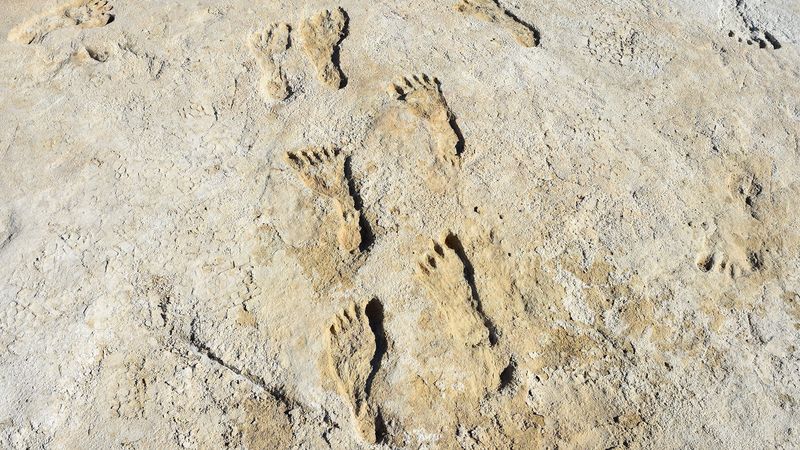
Remarkable fossil footprints tell an incredible story of human-sloth interaction! At White Sands National Park in New Mexico, researchers discovered human footprints deliberately placed inside giant sloth tracks.
This suggests humans were stalking these massive creatures, possibly hunting them. The tracks even show where the sloth stood on its hind legs – perhaps sensing danger – before continuing its journey, with humans following close behind.
15. Preserved Remains
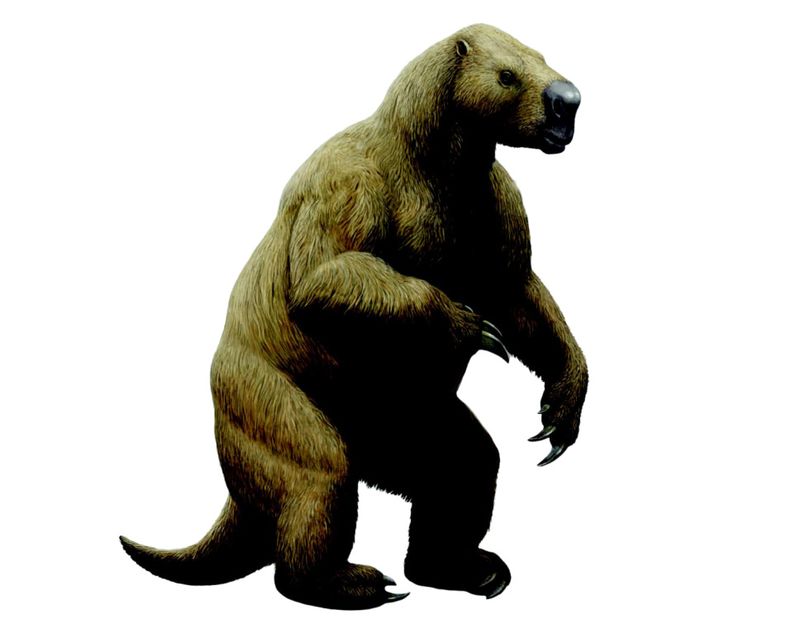
Unlike dinosaurs, some giant sloths left behind more than just bones! In certain caves and tar pits, researchers have discovered preserved skin, hair, and even nail material from these ancient beasts.
The Mylodon Cave in Chile yielded pieces of sloth hide with reddish-brown fur still attached, along with preserved dung. These remarkable finds give us a more complete picture of how these creatures actually looked in life.


